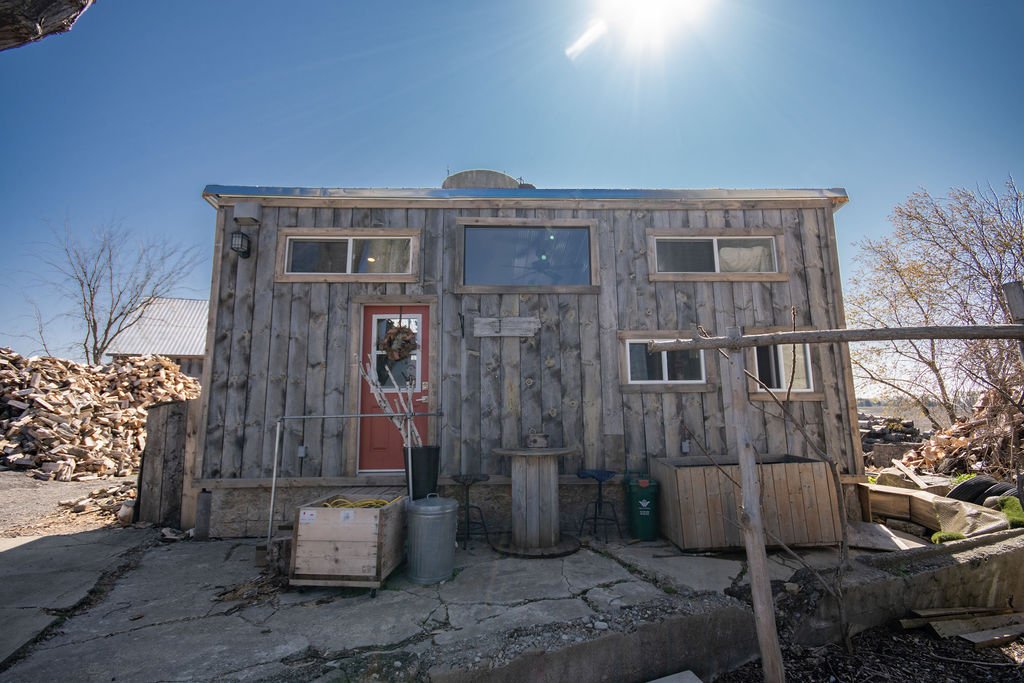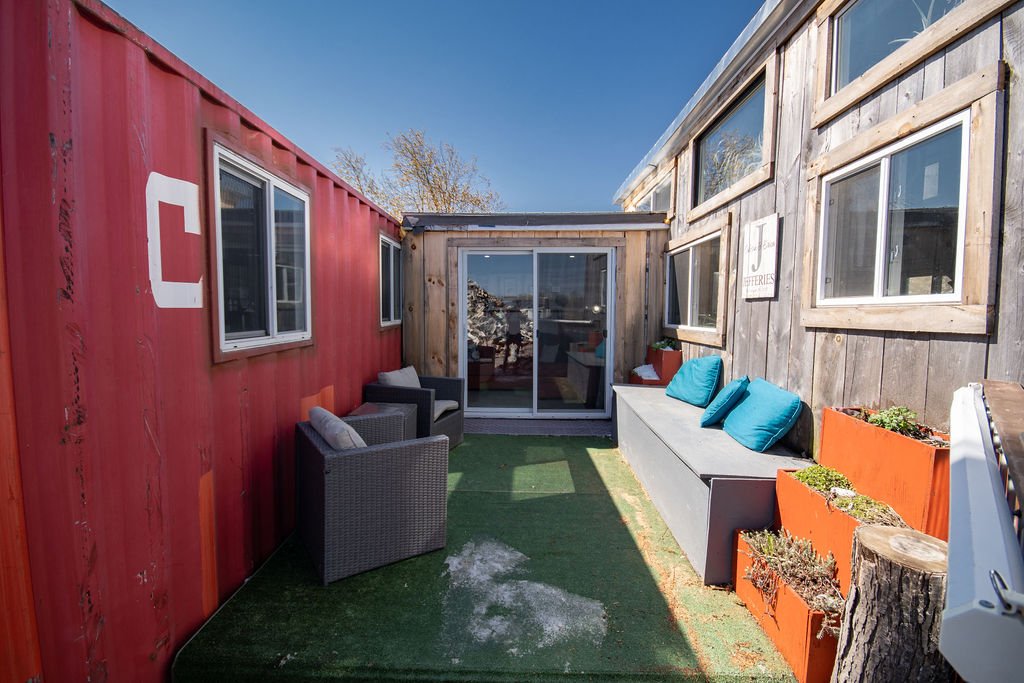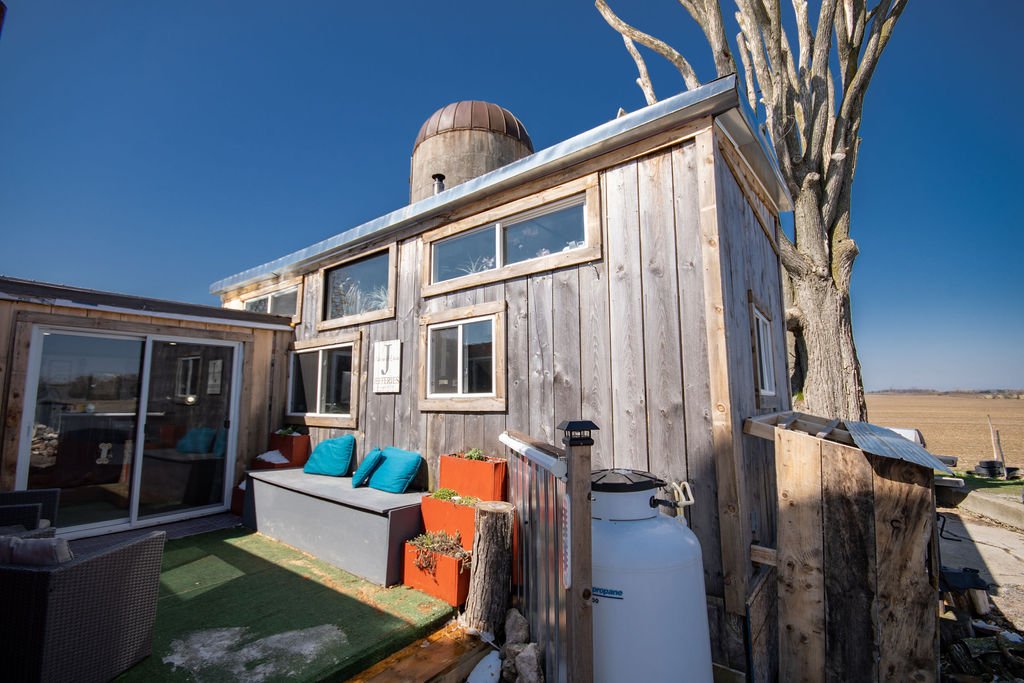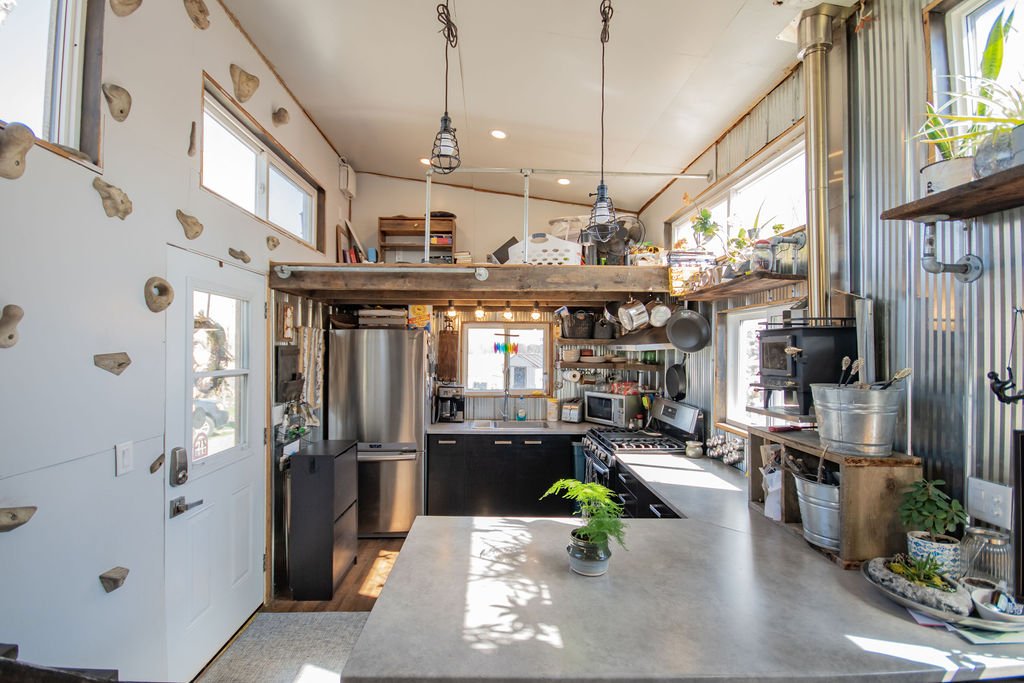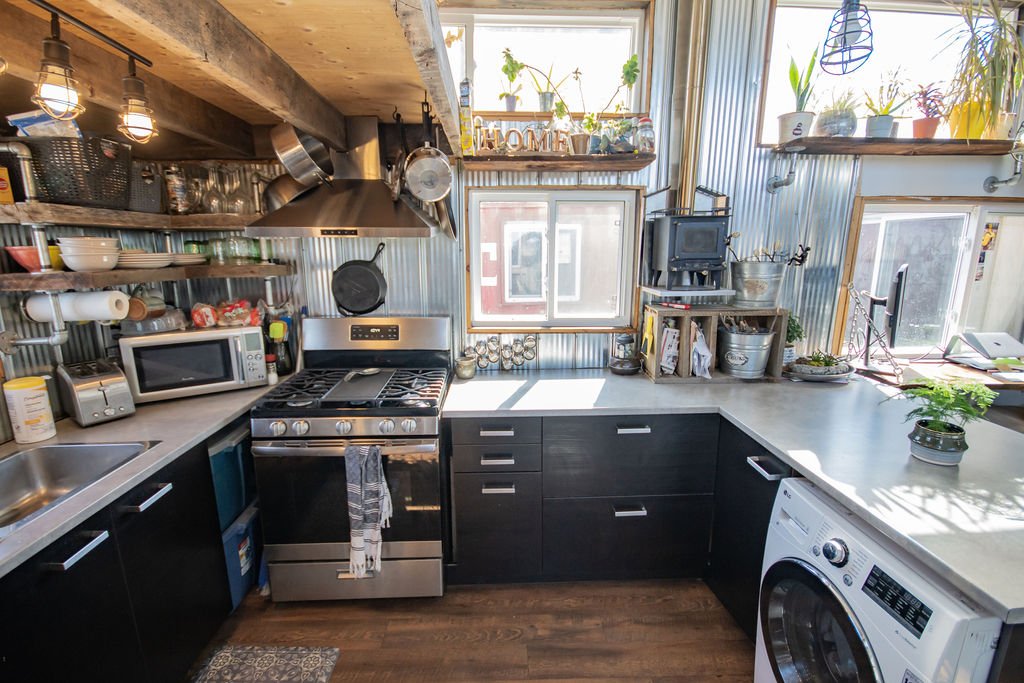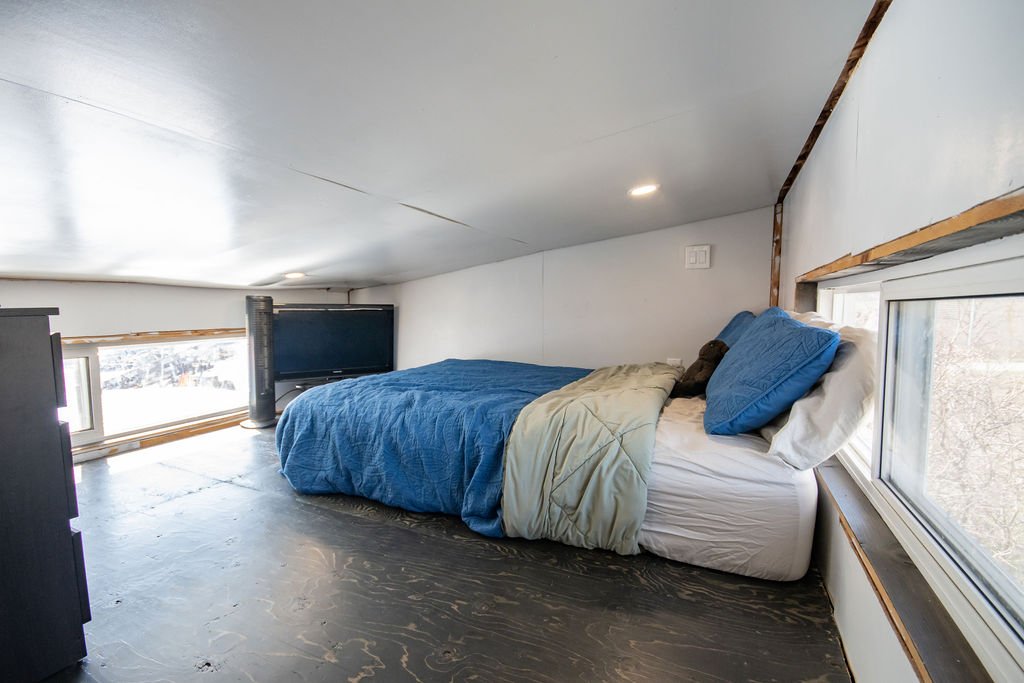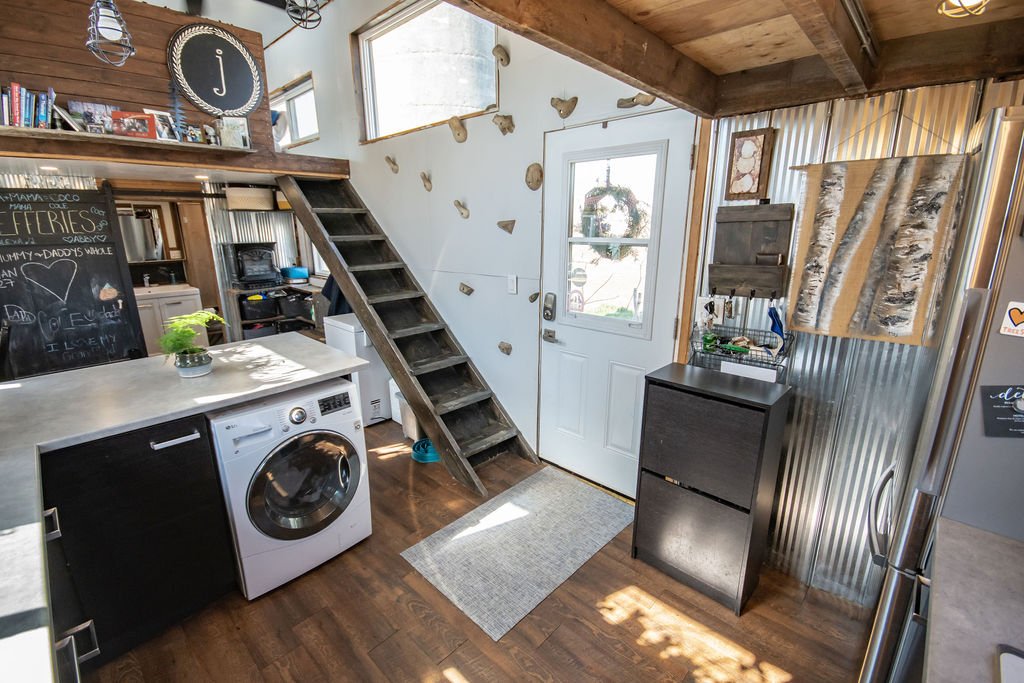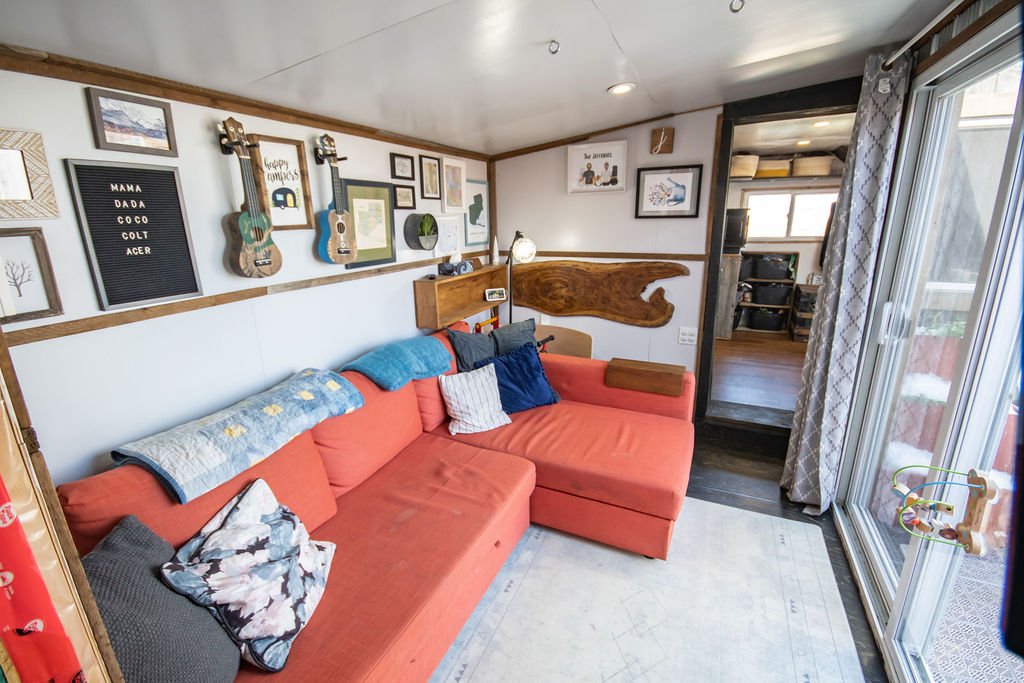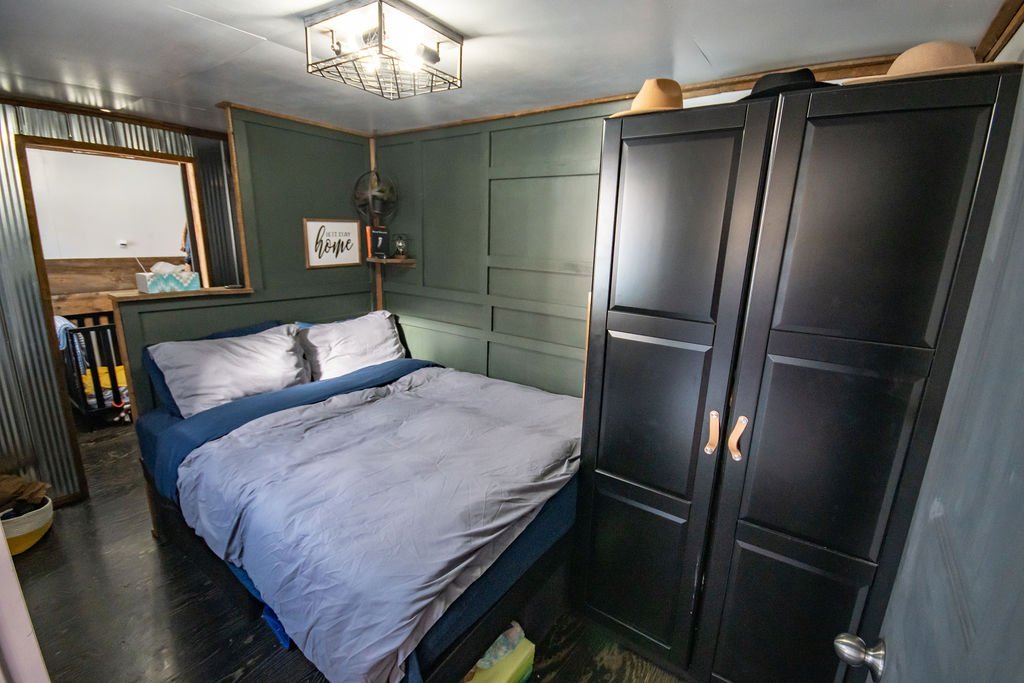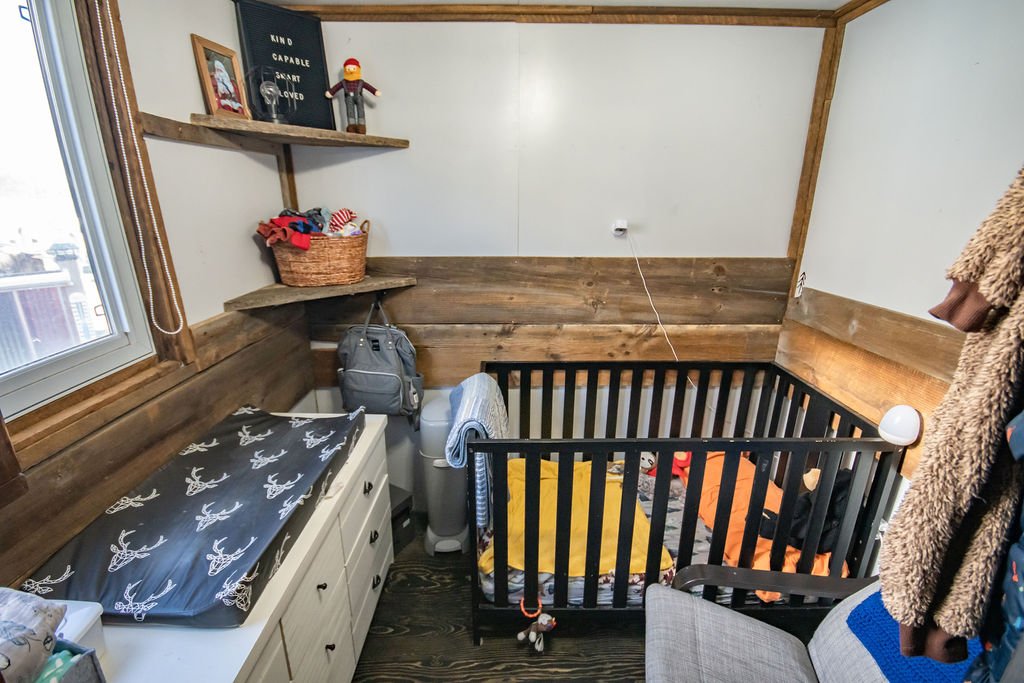Is an Accessory Dwelling a good option for you?
With housing prices as high as they are and a crazy market showing no signs of slowing down, we’re seeing a few different family scenarios play out. One of them is where both generations sell their current smaller properties and buy a larger one that accommodates both - we can help there! Another option is two generations living in “separate” quarters within the same residence by adding a second kitchen in the finished basement or second floor. The third idea that is gaining interest and popularity is the possibility of a completely detached “accessory dwelling”, sometimes referred to as a “Garden Suite” or “Tiny House”. We actually have a client that’s selling one now so we can show you what theirs looks like inside :)
Norfolk County Accessory Dwelling information
Accessory Dwelling Units (ADU)
Accessory Dwelling Units (ADU) are permitted in Norfolk County, subject to local regulations. The Zoning By-law of Norfolk County 1-Z-2014 outlines the requirements for this use. Below is a summary of some of the requirements, but also see Section 3.2.3 of the Zoning By-law (page 36) for more details regarding Accessory Dwelling Units.
ADUs are permitted within the primary dwelling or in an accessory building in Urban, Hamlet, or Agricultural Areas, specifically permitted in R1, R2, R3, R4, RH, and A Zones. Please note that ADUs are not permitted in the Resort Residential (RR) Zone. Refer to Zoning Map: PDF / GIS Interactive.
Municipal or private services are required.
ADUs cannot be severed from the primary dwelling in the Agricultural Area.
Maximum ADU size in an accessory building is 45% gross floor area of the main dwelling, excluding any deck or unenclosed porch.
ADU required setback from interior side yard and rear yard is 3.3 metres.
An ADU contained in an accessory building must be located within 30 metres of the principal dwelling unit.
One parking spot is required for each ADU.
ALL Accessory Dwelling Units must meet the requirements of the Ontario Building Code as needed.
Accessory Dwelling Unit built on-site:
The Ontario Building Code sets out minimum room sizes in all dwelling units including accessory dwelling units, including but not limited to: living areas, dining areas bedroom, kitchen and bathrooms. Room sizes depend on whether or not the rooms and spaces in a unit are open-concept or separated by walls. Generally, where units have separated living spaces the minimum required room sizes are greater than units having combined living spaces.
Notwithstanding this, any dwelling unit containing combined living spaces containing sleeping accommodation, shall have a minimum combined living space of 13.5 square metres (145sq. ft.) for not more than two persons. In addition, the Ontario Building Code has regulations in relation to, but not limited to: stairs, minimum ceiling heights, hallway and door width requirements, windows, plumbing, lighting and other requirements that all ADU would have to meet. It is also important to note that all homes including ADUs must be attached securely to the ground through a foundation.
In addition, ADUs whether built on site or factory built must take into account climate conditions such as temperature, wind, snow and rain.
Accessory Dwelling Units must be accessible if there is a fire or medical emergency. Firefighters must be able to access all dwelling units at all times. The Ontario Building Code requires each building to have access for fire department vehicles by a public street, a private road or a yard. Private roads or yards are only an acceptable option if certain conditions are met such as, a connection to a public thoroughfare, location of fire hydrants and proper overhead clearance.
A list of all Building Code requirements for dwelling units can be found in the Ontario Building Code
Factory-built Tiny Homes or park model homes must meet one of the two key CSA certification standards in the Building Code for factory-built buildings (CSA-Z240.2.1-09; CSA A277-08).
Building permits and inspections are required prior to the start of construction. Contact Building Department.
Other regulations may apply.
Here’s the link to the page on the Norfolk County site. There’s also a handy checklist (because who doesn’t love a checklist?) here.
When it comes time to investigate an accessory dwelling, the first stop should be with the Municipality you are going to be building/relocating the unit to. Because we are in Norfolk County those are the links we will attach here for you but if you need a hand somewhere else let us know!
We are by no means experts on building code, permits or planning issues so while we are happy to provide you with a place to start, call the Pro’s! Here is the link to the contact place for the Norfolk County Planning Department and also for the Building Department.


